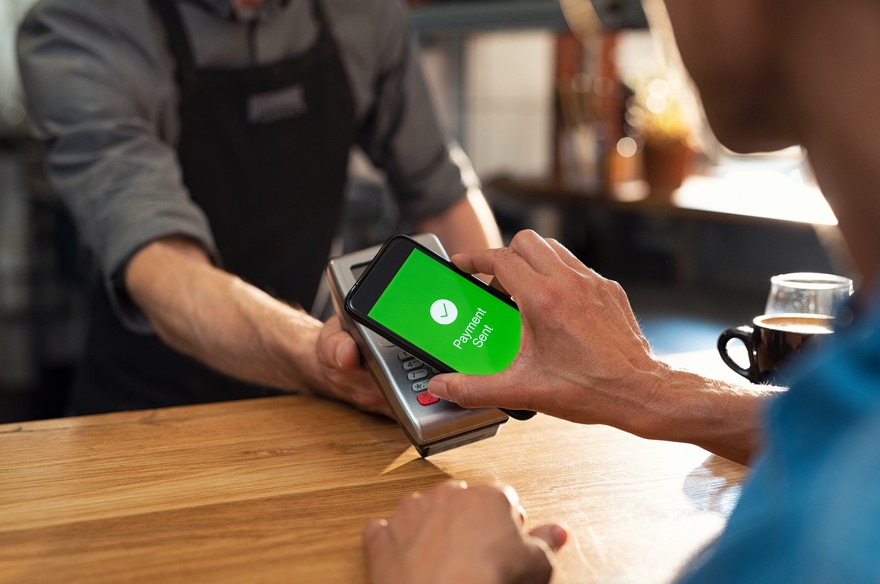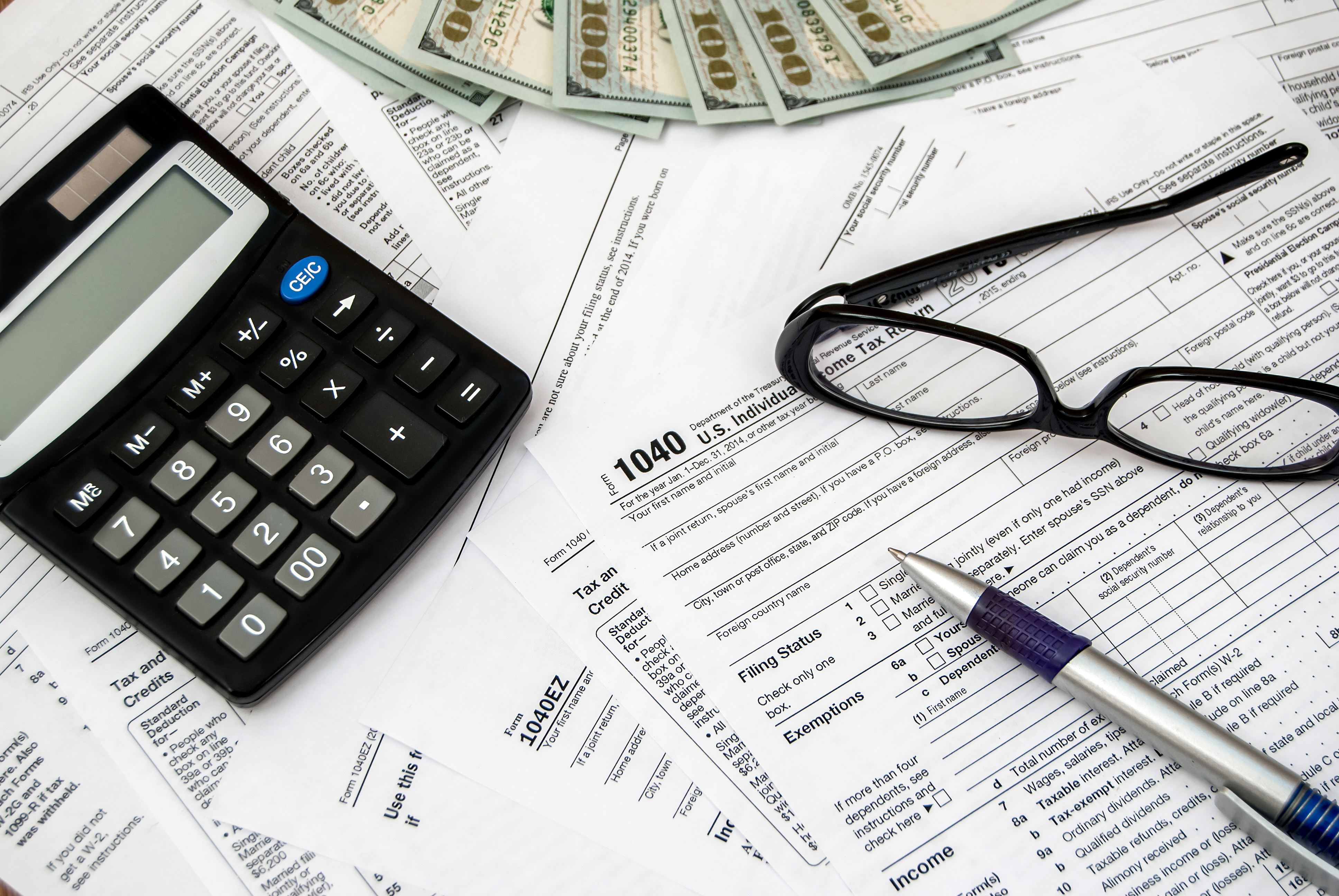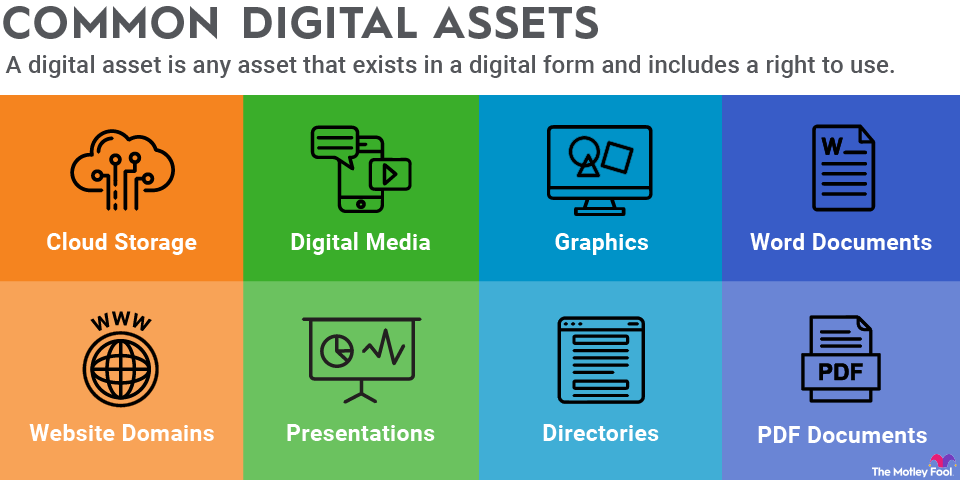Digital assets explained
The overall concept of digital assets is understandable enough, but there are many different categories of assets that qualify, and the ones that are considered investments tend to be more complex. To better explain digital assets, we'll look at two of the biggest types: cryptocurrencies and NFTs.
A cryptocurrency is a digital currency that uses cryptography and runs on a decentralized network. A network of devices validates and records transactions. The network doesn't have a single entity managing it, allowing cryptocurrencies to be decentralized.
An NFT denotes ownership of a digital asset. Going back to the example of a photo you take, you could mint an NFT of that photo, which would be a digital record showing that you're the owner of the photo. If you later sold the NFT to someone else, it would transfer to them and list them as the new owner. Creators can also charge royalties on their NFTs, meaning you could get a cut of every sale of an asset you created.
NFTs are a particularly interesting innovation in the world of digital assets. They work with any type of digital asset, and they provide verifiable ownership records as these assets are bought and sold. If there's a dispute regarding who has the right to use a digital asset, an NFT could settle the issue.
How digital assets work
Decentralized digital assets such as cryptocurrencies and NFTs use blockchain technology to operate without a central authority. A blockchain is a public ledger that records transactions for a cryptocurrency. Transactions are sorted into blocks, with each block containing a group of transactions. Any device that runs the blockchain's software helps validate blocks of transactions and adds them to the chain.
Blockchain technology can do more than just record transactions, and one of its most versatile capabilities is smart contracts. A smart contract is a program that runs on a blockchain and self-executes when certain conditions are met. While smart contracts have all kinds of applications, the relevant one in this case is NFTs.
Smart contracts are how blockchain technology is used to mint, buy, and sell NFTs. To mint an NFT, the creator sets up a smart contract for it on their blockchain of choice, with Ethereum (ETH +3.94%) being the most popular. The smart contract's code assigns ownership of the NFT and manages transferability.




















